Rodan (1956)
Directed by: Ishirô Honda
Written by: Ken Kuronuma, Takeshi Kimura
Starring: Akihiko Hirata, Akio Kobori, Kenji Sahara, Yumi Shirakawa
HCF REWIND NO.109. RODAN AKA SORA NO DAIKAIJU RADON, RODAN THE FLYING MONSTER [Japan 1956]
AVAILABLE ON DVD
RUNNING TIME: 83 min/ 79 min [US version]
REVIEWED BY: Dr Lenera, Official HCF Critic
In the small mining village of Kitamatsu, on the outskirts of Kyushu, two miners Yoshi and Goro have gone missing. Yoshi’s corpse is found, with deep gashes from a pointed object, and Goro is suspected of killing him and then running away. Shigeru Kawamura, head of security at the mine, who is engaged to Goro’s sister Kiyo, is sure of Goro’s innocence. Three policemen looking for Goro are killed by something unseen, then a creature resembling a huge insect larva appears and is chased away. Wounds caused by it are examined, revealing it as the killer, An expedition finds not one but several of these monsters, but the mine caves in. The monsters are trapped inside but so is Shigeru ….
Rodan is the first of quite a few Japanese monster movies I will review alongside my analyses of the Godzilla series. Toho Studios made quite a few films featuring creatures other than Godzilla, and sometimes said creatures would later turn up in Godzilla films. Rodan is a cracking, fast-paced monster with an elegant simplicity. No anti-nuclear subtext except the idea that nuclear explosions may have freed the monsters, no really interesting human characters who are almost forgotten about when the monsters turn up anyway, just lots of action and a hell of a lot of elaborate special effects which don’t all convince but display much more ambition than American creature features of the time. It’s not really one of the classics to come from Toho but is more than worth a look and might actually be a good introduction if you’ve never seen one of these films and are a little put off by their poor reputation and supposed strangeness, because it’s actually a bit American-style in plot, handling and feel for much of its length. It’s also fairly serious and even dark for its first half.
This film seems to have come about because of the lukewarm reception given to Godzilla Raids Again, the first sequel to Godzilla. Putting the King of the Monsters aside for a while, Toho decided to concentrate for the moment on unrelated monster and science-fiction movies. As was often the case in these early films, someone was hired to write a short story which was then expanded to a screenplay. Ken Kuronuma was inspired by an incident in Kentucky in 1948, when a pilot for the Kentucky Air National Guard died in a crash while allegedly pursuing a UFO. The production re-united much of the Godzilla crew including co-writer Takeshi Kimura, who would go on to script many successive movies, and director Ishiro Honda. Inside the Rodan suit was the same guy who played Godzilla, Haruo Nakajima, and he suffered much during a shoot which at one point saw the cable allowing him to fly snap and Nakajima dropped nearly four feet onto the stage. Rodan was a hit both in Japan and the US, where it was changed from Radon to Rodan The Flying Monster [partly because Radon was the name of a soap] and altered somewhat [see below]. Given a major publicity campaign, it was the most successful Japanese movie to that date in the US and later material sent by the King Brothers to exhibitors for other releases would carry the slogan “From the company that brought you Rodan”. Seeing how well their films were doing overseas, Toho planned a sequel featuring the giant insects but cancelled it when they saw the large number of giant insect movies being made in the States.
Fans of American monster movies will immediately notice similarities to the great 1954 giant ant movie Them!, and it even has the same structure where the film is divided into two halves. The first half of both films is an odd kind of murder mystery set in a rural locale which eventually reveals monsters as the killers and shows them being dispatched, while the second halves shows them popping up in the city and needing to be destroyed. Of course Them! never breaks out into full-blown destruction and it retains its almost-documentary feel, while Rodan eventually breaks out into full-scale spectacle and never tries to be documentary-like, though the early scenes set amidst the mining community of Kitamatsu do derive much mileage from the occupational hazards that miners face from day to day, almost making the film into a social commentary picture. Emphasising browns and greens and often shot with dark hills looming in the background, the film is quite upfront about showing the human carnage caused by the monsters, with shots of gored bodies and a rather intense moment where the widow of one of the killed minors yells at Shigeru and as he leaves, we hear the screams of her baby, now without a father.
Those of a palaentological mind will find much to laugh at in Rodan. The rather frightening creatures in the first half are the larvae of Meganuron, a prehistoric dragonfly, and when Rodan appears soon after and is claimed to be a Pteranodon [he looks more like a Pterodactyl], it’s claimed that the two monsters lived at the same period when actually they lived millions of years apart. Writer Kimura even places the Cretaceous Period 45 million years out. O well, all this is forgotten when, after some rather awkwardly filmed aerial sequences of fighter pilots encountering what they think is a flying saucer, Rodan sets about destroying Fukuoka, causing huge destruction just by beating his wings which make the city crumble from the vibrations. There are some remarkable shots, such as one from inside a building where you can see people running for safety and Rodan outside the windows, which really show off special effects maestro Eiji Tsburaya’s virtuosity, though as usual some of the matte work is poor [something that Toho often seemed to have trouble with] and you can often see the strings holding up Rodan. It’s still all pretty impressive for the time, and quite thrilling when another Rodan suddenly turns up. Unlike in Godzilla, the human characters are unimportant by this time, and the final action scene of the military bombarding a volcano so they can bury the monsters under rock and lava gets a little boring with endless shots of explosions going off. As the Rodans try to escape and are dragged back in the fumes, we are meant to feel sorry for these things that have just destroyed most of a city, with a musical piece that is full of sorrow.
Director Honda’s attempts to keep things serious and close to the tone of Godzilla almost jar with the bright colour of the picture, but he does some interesting things with the frame that really show what a neglected [so far, only one book has been written about his work and that was only a couple of years ago] filmmaker he was. Characters are usually precisely placed on screen in an almost theatrical fashion and often crowd into the picture giving the scenes considerable claustrophobia. Then there’s that nightmarish and brilliantly staged scene where Yoshi, who has been found having lost his memory after being trapped in the mine, looks at an egg hatching and remembers what he witnessed whilst underground. He stumbles upon an absolutely beautiful set with really atmospheric lighting to see the sight of a baby Rodan hatching out of a giant egg and eating the Meganulon, a rare example of a Japanese monster actually eating something. Sadly the central couple are only of minor interest, though Rodan doesn’t portray its main characters in a very good light anyway. The hero is largely ineffectual and mostly a victim of events around him, the heroine spends most of the time crying, and the main scientist in the story, Dr. Kashiwagi, played by Akihito Hirata, is smug and arrogant.
Main star Kenji Sahara is awkward in his first role of many, including ten Godzilla films, for these films. Akira Ifukube returned to score Rodan and provides an often foreboding score, especially with its menacing main title music where screeching strings and deep brass move around almost atonally. Much of the more jaunty music in the second half is all-but-buried under sound effects. Except for one piece which is a variation on the Godzilla ‘march’ but with lots of descending chromatic notes inside of triplets as the melody, it’s quite a different score to Godzilla,though both films feature musical elements that would be developed in later films; Ifukube was fond of repeating himself even if things in a certain film didn’t relate to previous ones, and I will note the major instances of this in successive reviews. Rodan is a fun, all-out, balls-to-the-wall monster thriller that must have been quite a show when it was released, even if, in the end, it lacks the originality and thematic richness of Godzilla and some of the movies which came after it.
They made quite a good job of Rodan for its American release. They had a certain George Takei, in his first professional acting job, narrate much of the film, and though a bit overused, his script is far less intrusive and better written than the one that would be used three years later for the similar narration in Gigantis The Fire Monster aka Godzilla Raids Again]. He, two other men and one woman provided all the voices for the characters, and on the face of it did a rather good job and at least attempted to sound Japanese. The city Fukuoka was changed to Sasebo for obvious reasons [try pronouncing it with a c infront of the k]. They added a stupid prologue of bomb tests, re-edited the city attack so that the second Rodan appears earlier, removed a few minor scenes and shortened others, but some sequences, including ones featuring the monsters, actually benefit from quicker editing which hides certain special effects shots which don’t look too good. A shame they replaced most of Ifukube’s score with stock music which rarely complements the action, but overall they did well, and you could actually say the US version works better in parts.

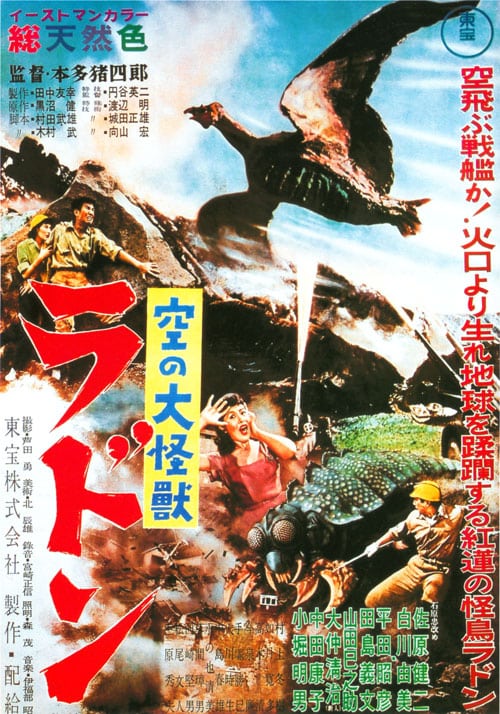
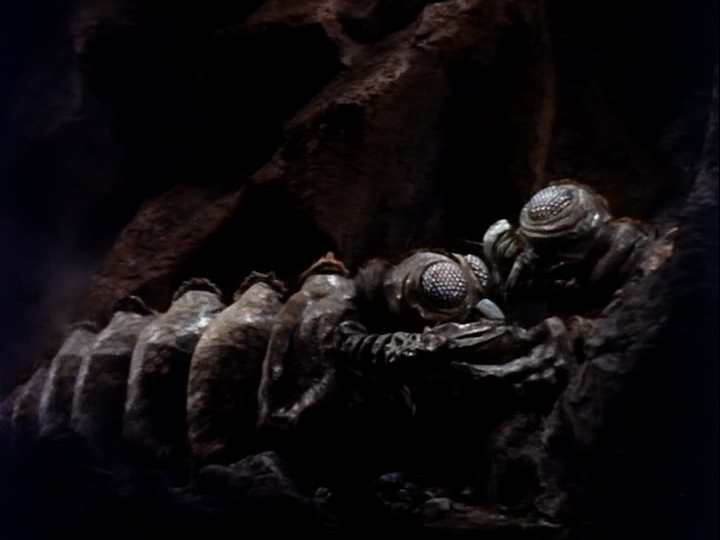
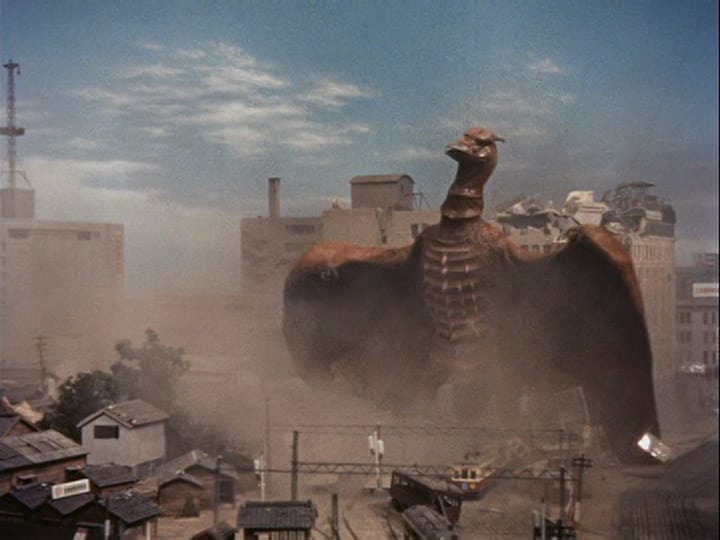


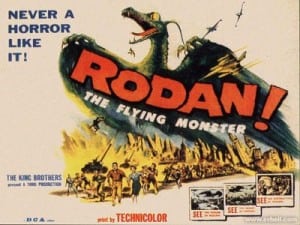

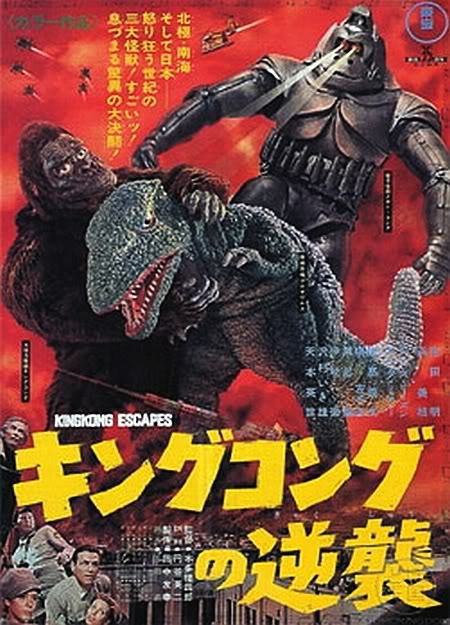
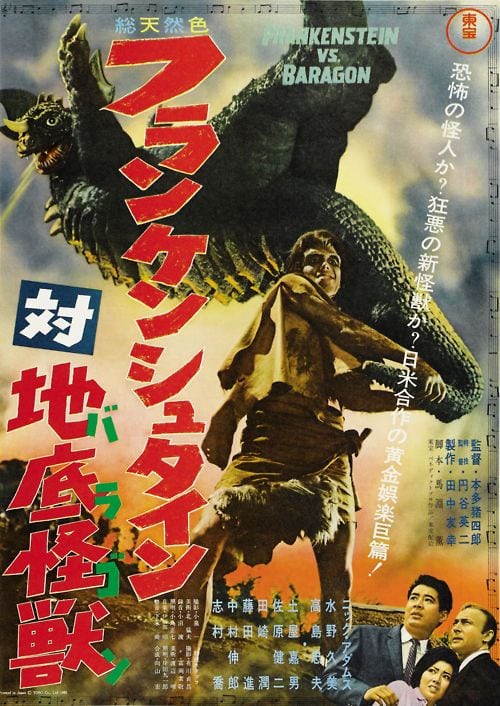
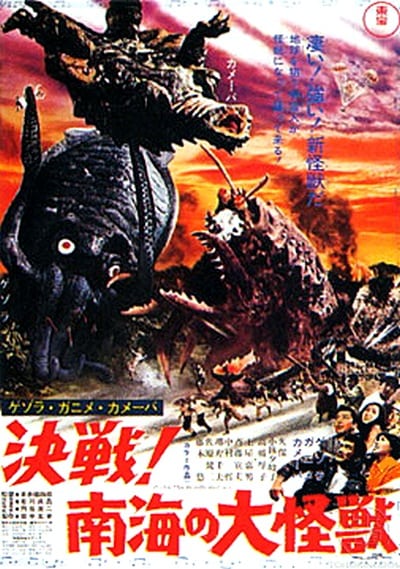
Be the first to comment